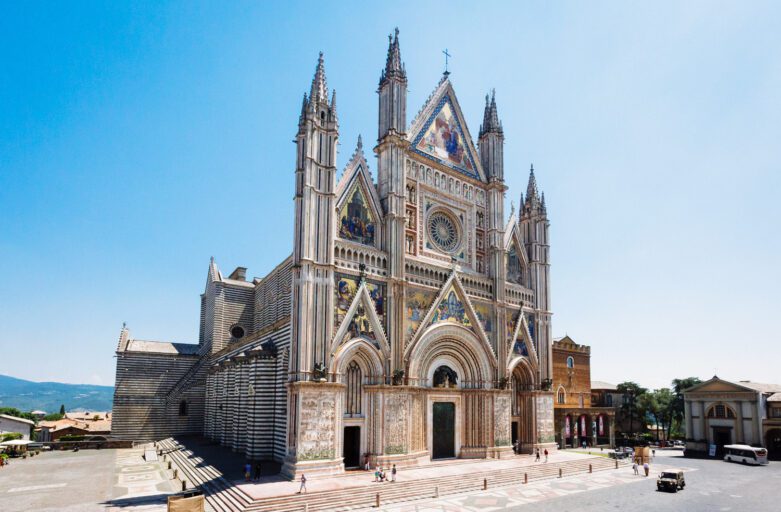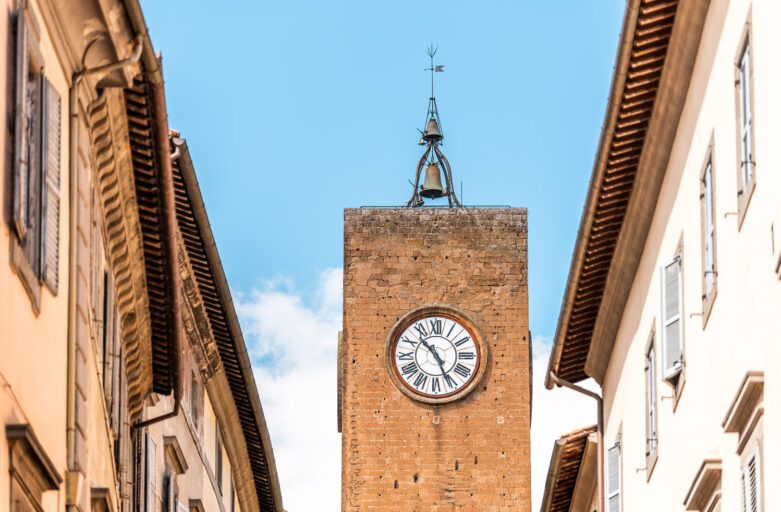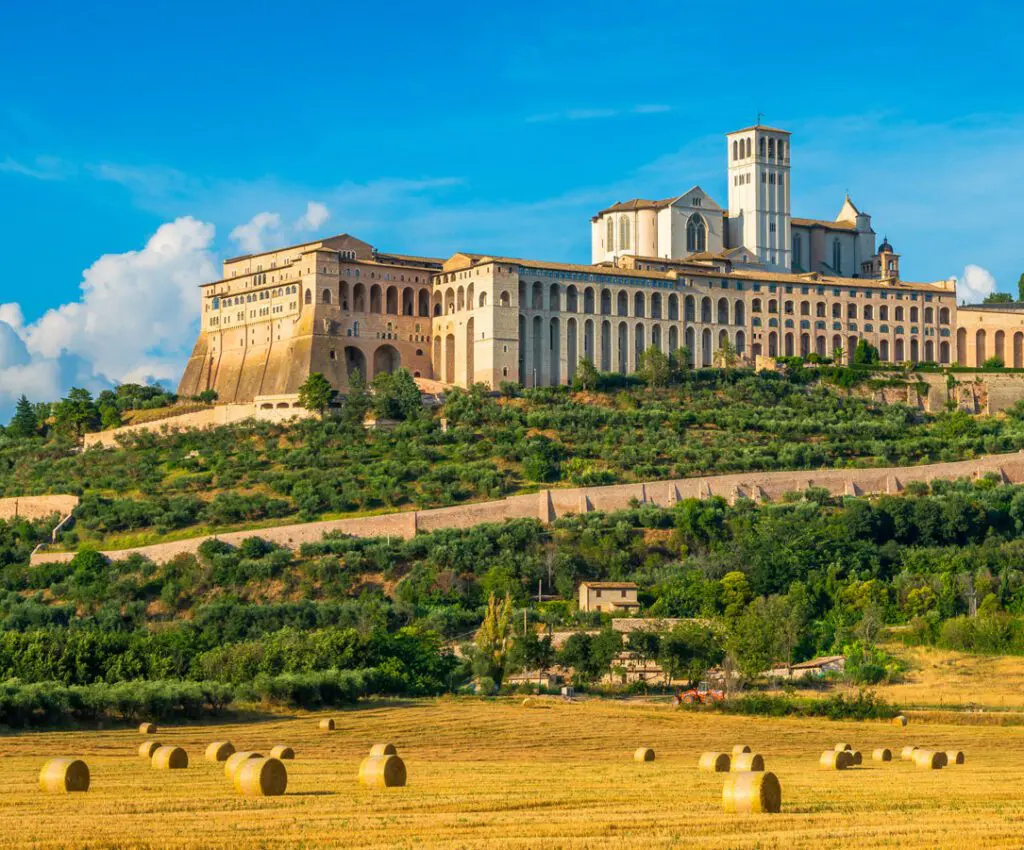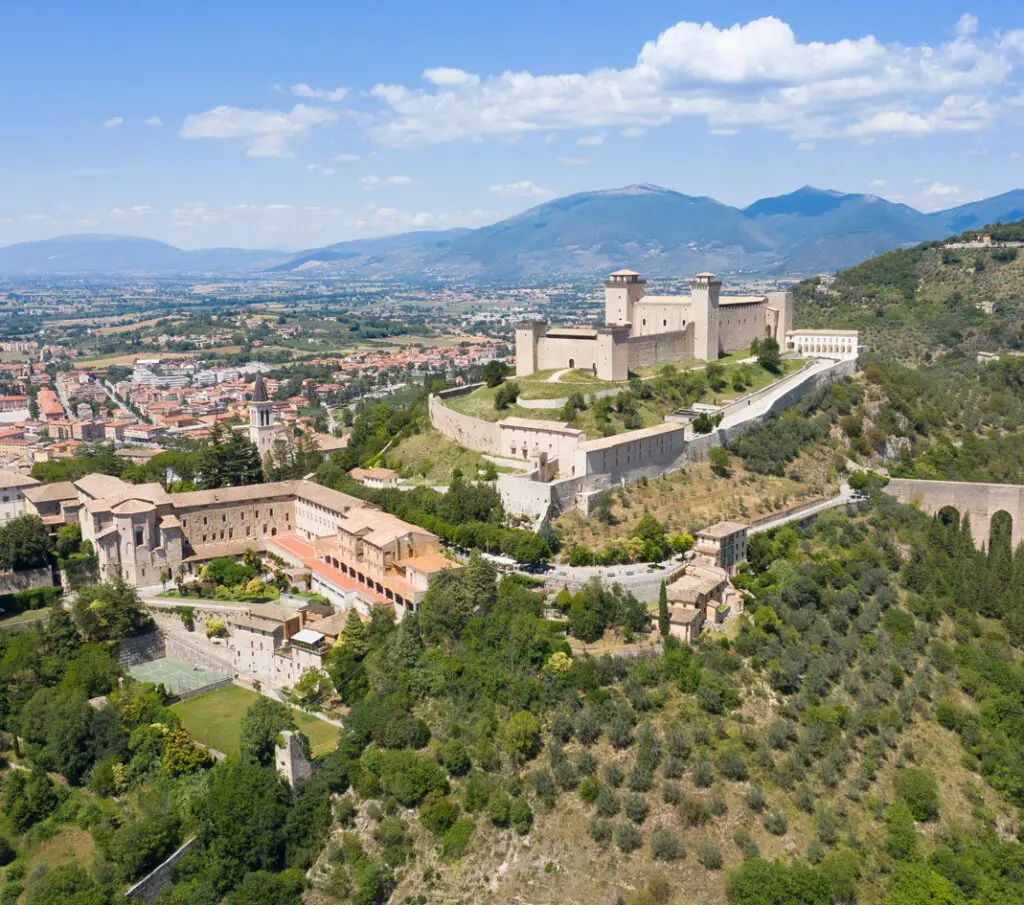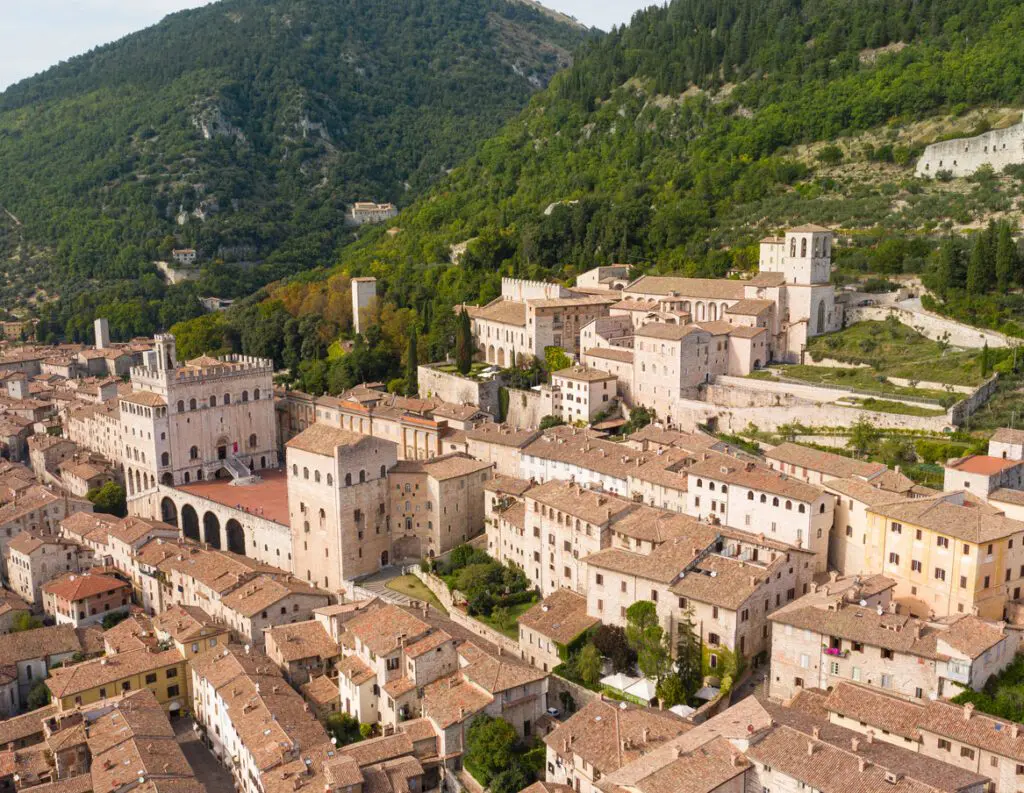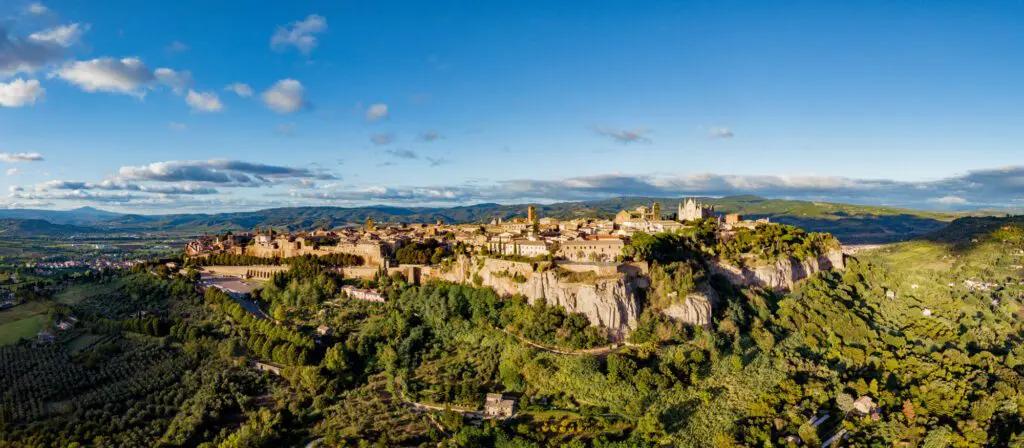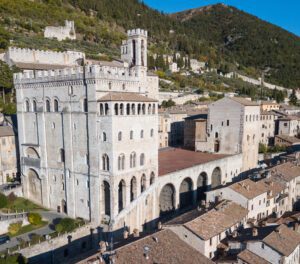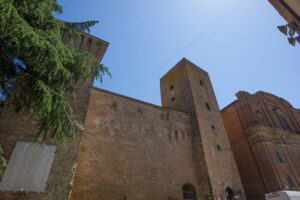From Freedom to Being Dominated
During the Middle Ages, Orvieto enjoyed a long period of welfare and independence as a “free Commune” – its rulers being autonomous from the Emperor, both politically and economically – in spite of the intestine clashes between the parties of Guelphs (who supported the Pope's authority) and Ghibellines (who supported the Emperor). During the whole 13th century the town was a rich one, and organized itself through the basic communal institutions insofar as it was perfectly in a position to rule itself, control its own territory, and thrive.
This phase as a free Commune was interrupted by a pandemic that would halve the inhabitants: the plague called “black death” in 1348. The disease aggravated the contrasts between the main noble families, thus leading to a political and economical crisis. Having now become too weak, on June 24, 1354 the town Council decided to entrust the Pope with the town and the surrounding countryside – the Pope and his right-hand man, a Spanish Cardinal named Egidio Albornoz (1310 ca. - 1367).
Egidio Albornoz
Cardinal Albornoz had been appointed General Vicar in the Papal States by Pope Innocent VI. It was his duty to fully restore the Pope's power throughout the Papal territories. From 1307 to 1377, in fact, the Pope and his Court did no longer live in Rome but in Avignon, under the control of the King of France. In Italy the Pope's absence promoted more freedom in local communities, but abuses from Lords and tyrants, as well. The situation could slip out of control. Albornoz paved the way to the Pope's coming back to Rome by reconciling the lands in the Papal States and planning a political and administrative reorganization of the pertaining towns. By using his cunning and his sword, the Cardinal finally succeeded in carrying out the enterprise; and in order to get a greater control over the territory, he created a huge defensive system, a web of fortresses connected with one another. Such buildings are nowadays named after him: in Umbria, Albornoz Fortresses can be found in Assisi (a.k.a. the Great Stronghold), Spoleto, Narni e Todi.
The Albornoz Fortress, 14th century onward
It would be rebuilt in the years 1450-1457 by decision of Pope Nicholas V, adding the circular tower. In the 16th century another Pontiff, Clement VII – who also commissioned the Well of Saint Patrick - had the structure strengthened.In the 19th century, anyway, the fortress lost its military function forever. The ditches were filled with dirt during the works on the funicular railway, and a modern amphitheater was built inside to host plays and shows.
Already visible is Porta Postierla, one of the town gates, next to the former fortress. Of which, there now remain the external walls and the towers, while the whole area has been changed into a public park: a fantastic place to take a break, relax, and enjoy the landscape
INFORMAZIONI
Località
Via Postierla, 301, 05018 Orvieto TR
Orari
Dal 1/05 al 30/09: dalle ore 8:00 alle 19:30
Dal 01/10 al 30/04: dalle ore 8:00 alle 16:30
Contatti
Email: info@genesiagency.it

